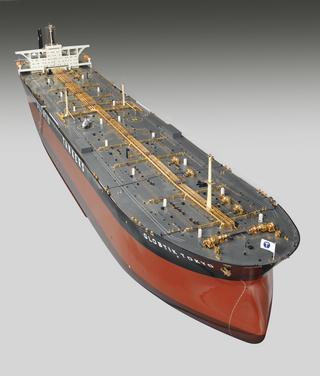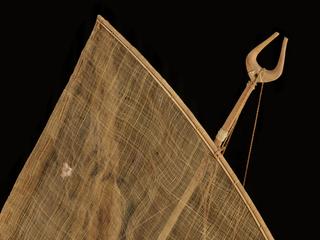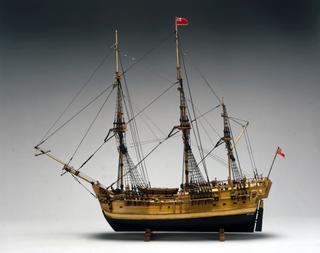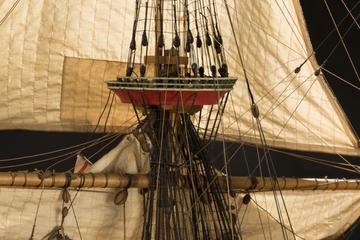
Whaling harpoon
- Made:
- 1800-1900 in unknown place




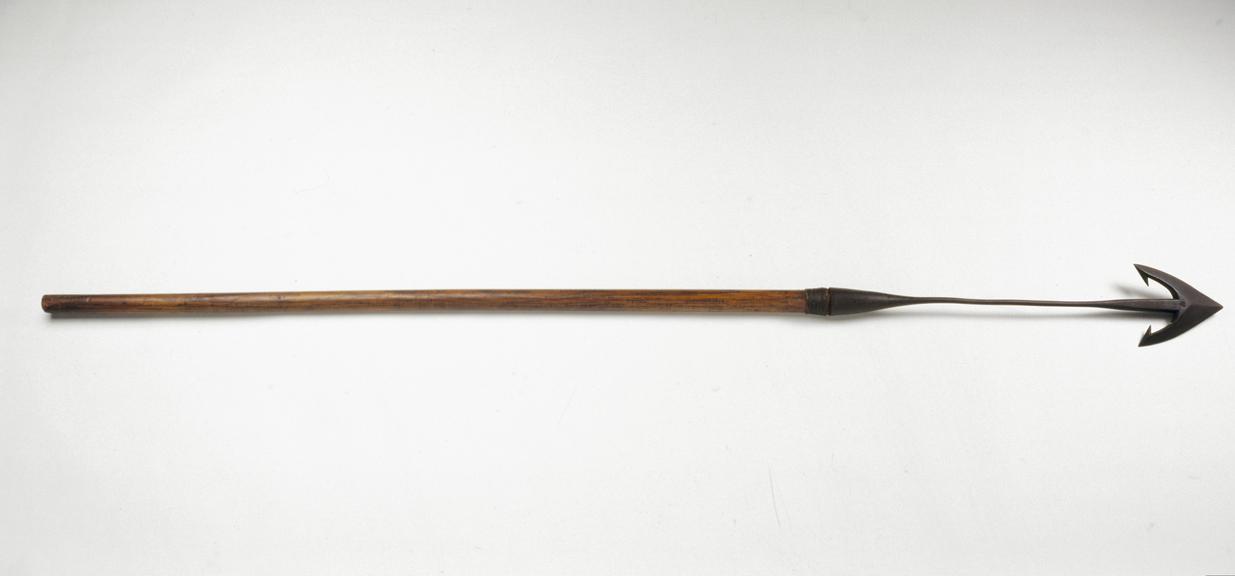

Whaling harpoon (c. 1850)
People have long hunted whales on a subsistence basis, but this gradually transformed into an entire industry. By the mid-1700s, it had become difficult to find whales near the Atlantic coast and the focus shifted to the Arctic and later the Pacific and the Antarctic. Whaling in the Northern Hemisphere reached a peak in the mid-19th century, although Antarctic whaling continued, on an industrial scale, well into the 20th century.
In the 19th century, whales were caught using harpoons like this one. Men in small boats would set out from the large whaling ship to hunt and catch whales. Whales were shot with the harpoon, which embedded in the whale and then crews waited for the whale to die. Crews were sometimes dragged for miles behind whales as they tired. Once the whale had been killed, it was taken back to the whale ship to be processed for its oil and other by-products, such as baleen (often known as whalebone).
Details
- Category:
- Water Transport
- Object Number:
- 1959-18
- Materials:
- wood (unidentified) and iron
- Measurements:
-
overall: 40 mm x 2000 mm x 140 mm,
- type:
- harpoon and whaling vessel
- credit:
- Bethnal Green Museum
